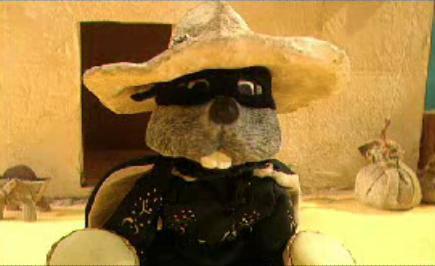Alfred Leete, a British Graphic Artist, famous for the image below, was an illustrator from a young age, having had a cartoon published at age 16. He then worked in a printers workshop before going on to do his own work. I do not really like this image that much, I think it's lacking boldness and colour. The man looks very condescending and i feel as though i'm being told to do something I dont want to do rather than being motivated into action. I think the text is a little too illegible for a poster design, for a poster i think the whole message needs to be legible rather than just one word. Finally I think the positioning is not aligned correctly. I do not like how the arm is cropped and the face looks a little off centre to me.
I prefer the work Leete did for the London Underground back in the early 1900's I think they're very cleaver and the style in wich they have been done is one that I particularly like. The reliance on wit and humour is what makes these adverts. I don't know whether he was the writer for these ads but he certainly has designed for the text with great care and sensitivity to the message.
The war poster design was copied in 1917 by the American artist James Montgomery Flagg for the US army and I think it's a better version for a number of reasons. Firstly I think the colour makes it much more eye catching and somewhat more believable. The colours also are more patriotic, it's mainly red white and blue, so this may subconsciously evoke patriotism in the viewers. I think the position of the subject is a more personal one, by that I mean it doesn't look as much as the other one that he is looking down his nose at you and pointing as you, he is more staring at you into your eyes and asking you rather than telling you. The YOU being in red also highlights the personal aspect of this image. It makes it about me the viewer.





















